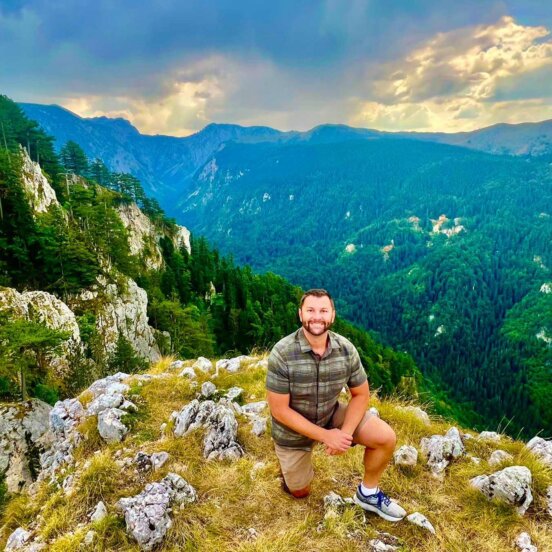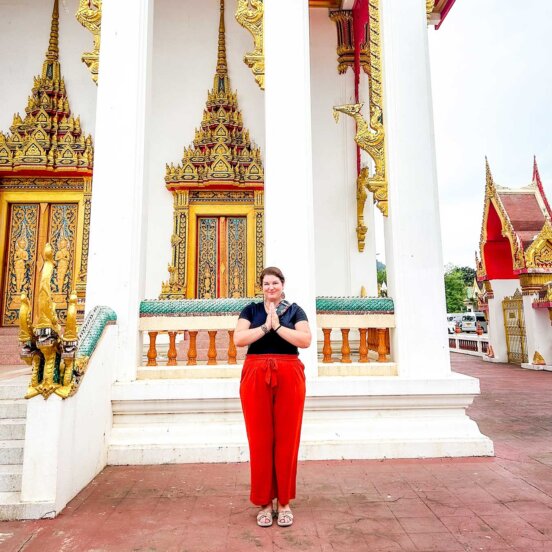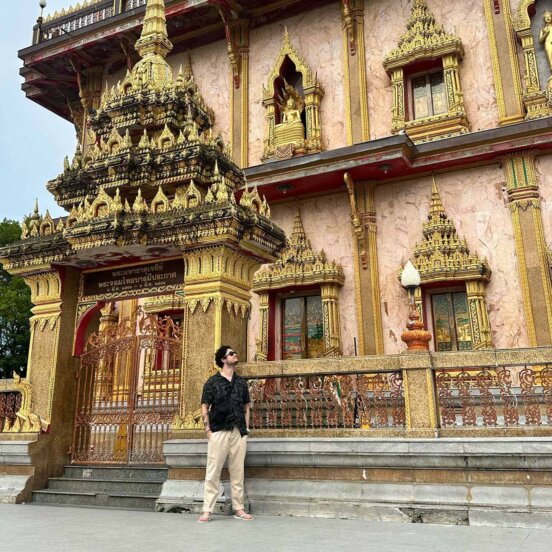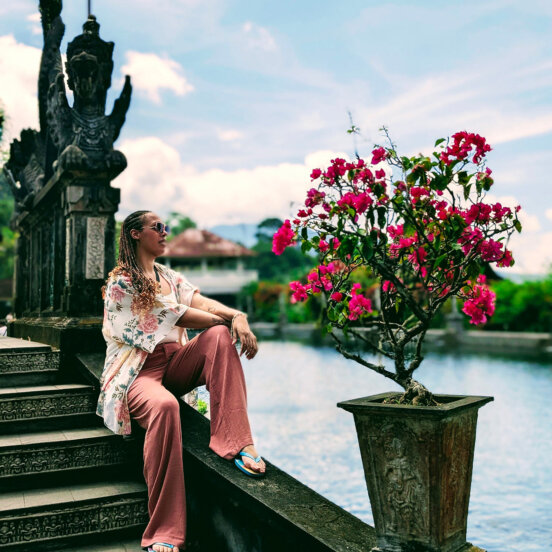The ultimate solo travel guide to the Philippines: Everything you need to know
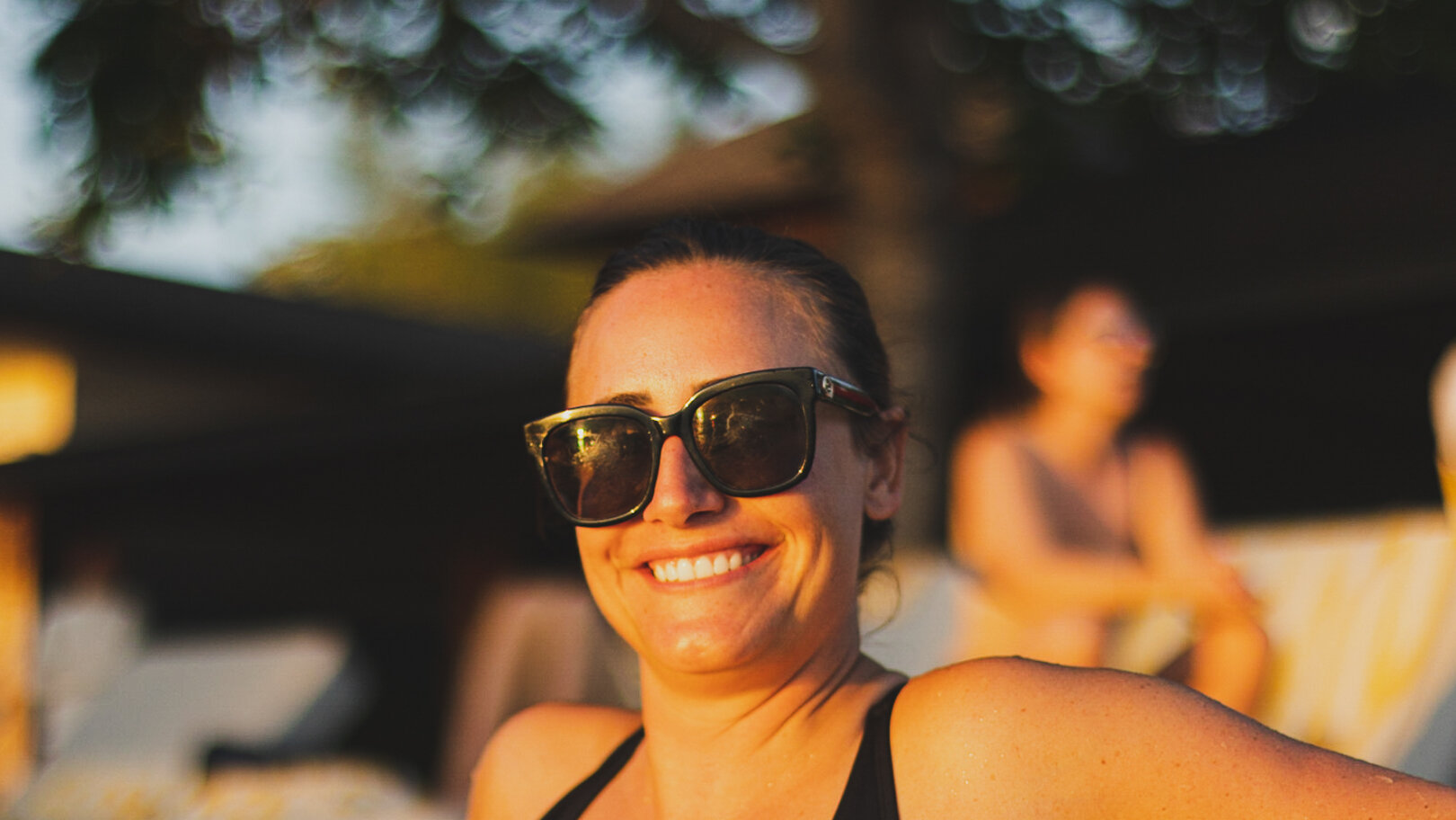
The Philippines is an ideal solo travel destination for anyone in search of dramatic landscapes, adrenalin-fuelled adventures or just some pure escapism. East of Vietnam, there’s over 7,500 islands, all rich in lagoons, rainforests and karsts to quietly paddle through, or with blinding-white beaches lapped by gentle waves. And let’s not forget the impressive sealife, from turtles to coral, and the dazzling Filipino food scene. It’s these abundant options that make it perfect for exploration.
But island nations can be hard to navigate if you don’t know where to begin. Most journeys start in the dynamic capital, Manilla, on the island of Luzon in the north of the archipelago, also home to the Unesco-listed Cordillera Rice Terraces. From here, there’s lots for outdoor-lovers on Cebu, including waterfalls, temples and dive sites at the foot of the island. On Palawan, you’ll discover the outstanding beaches of El Nido and the karst cliffs and translucent waters of the Bacuit archipelago. For scenery and wildlife, Bohol is home to the impressive geological mounds of the Chocolate Hills, and you can take a boat to Balicasag to swim with turtles. Head to Panay Island for Spanish colonial history and the stunning sands of Boracay.
Filipino cuisine is second to none, with adobo (stewed meat), crispy pata (deep-fried pork) and arroz caldo (rice porridge) some of the classics. Flavouring is also very important, with soy sauce and spices used in many dishes. If you’d rather share your experience, travelling with a group of other solo travellers can carve out just the right balance of independence and exploring with others. Here’s everything you need to know about a group solo trip to the Philippines.
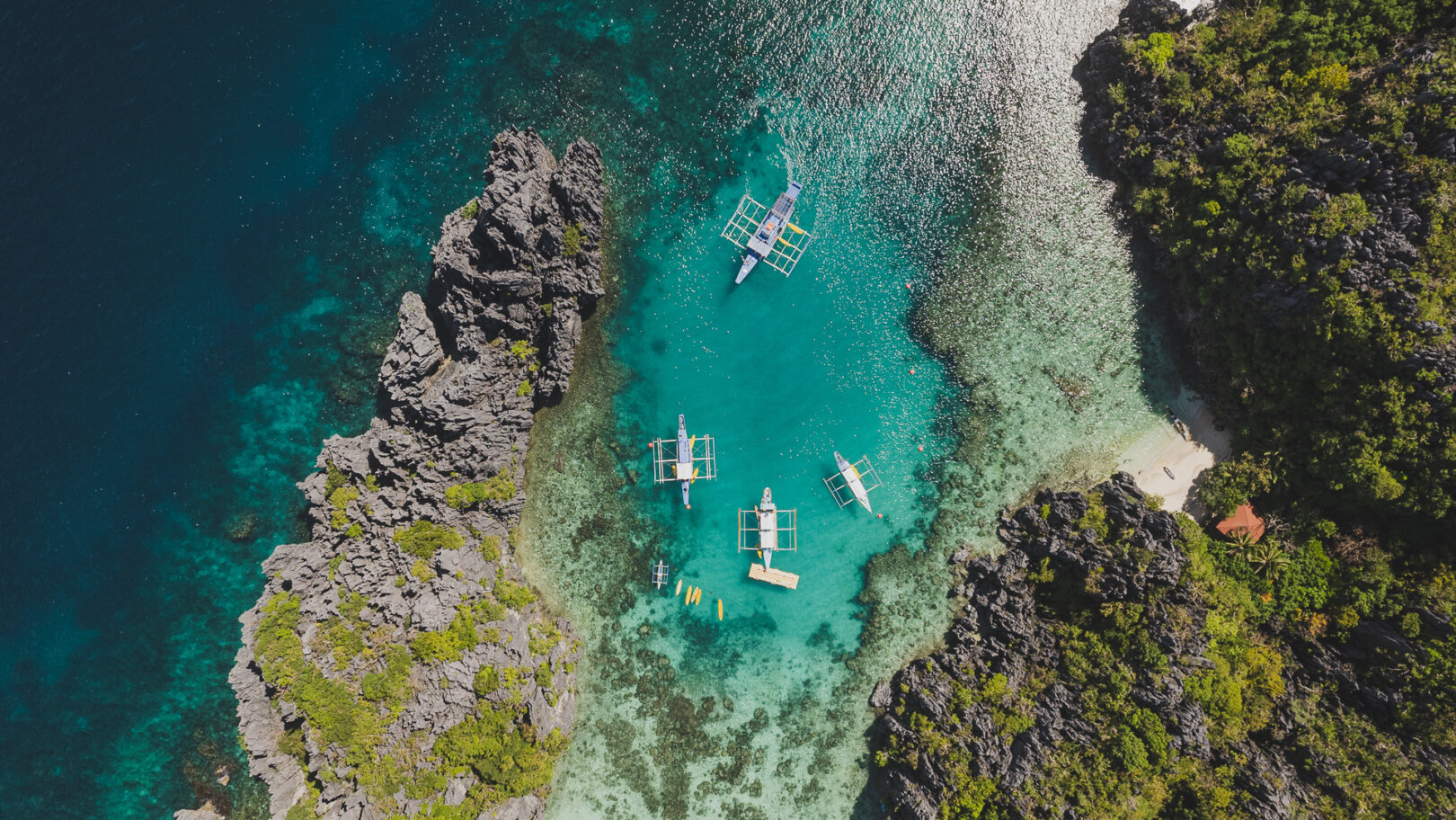
Philippines travel facts
This vast island nation sits south of China, east of Vietnam and north of Indonesia between the South China Sea and Pacific Ocean in southeast Asia. There’s an island for every type of adventurer, yet the area is still largely absent from mass tourism, meaning you could even have a small patch of sand to yourself.
Beyond the beaches, there are also six Unesco World Heritage Sites, including the Puerto-Princesa subterranean river system on Palawan, Tubbataha Reefs Natural Park in the Sulu Sea, and the rice terraces of the Philippine Cordilleras in the north of Luzon.
Are the Philippines good for solo travel?
With a mix of bustling cities, pristine beaches and adrenaline adventures, the Philippines is a great place for solo travel. And, it’s known for being beautifully warm and welcoming. But, it can be overwhelming trying to cover all bases, hopping from one island to another alone, so it’s worth considering a group solo holiday to the Philippines with Flash Pack.
The trip starts in the capital Manilla exploring the vibrant streets of Makati City, gleaming high-rises and colonial Spanish architecture. But you’ll also get to experience one-offs, with trips to the private island of Ginto, a remote forested location on the Loboc River, and a working farm where you’ll get to taste fresh coconut wine. Find out more about solo travel with Flash Pack.
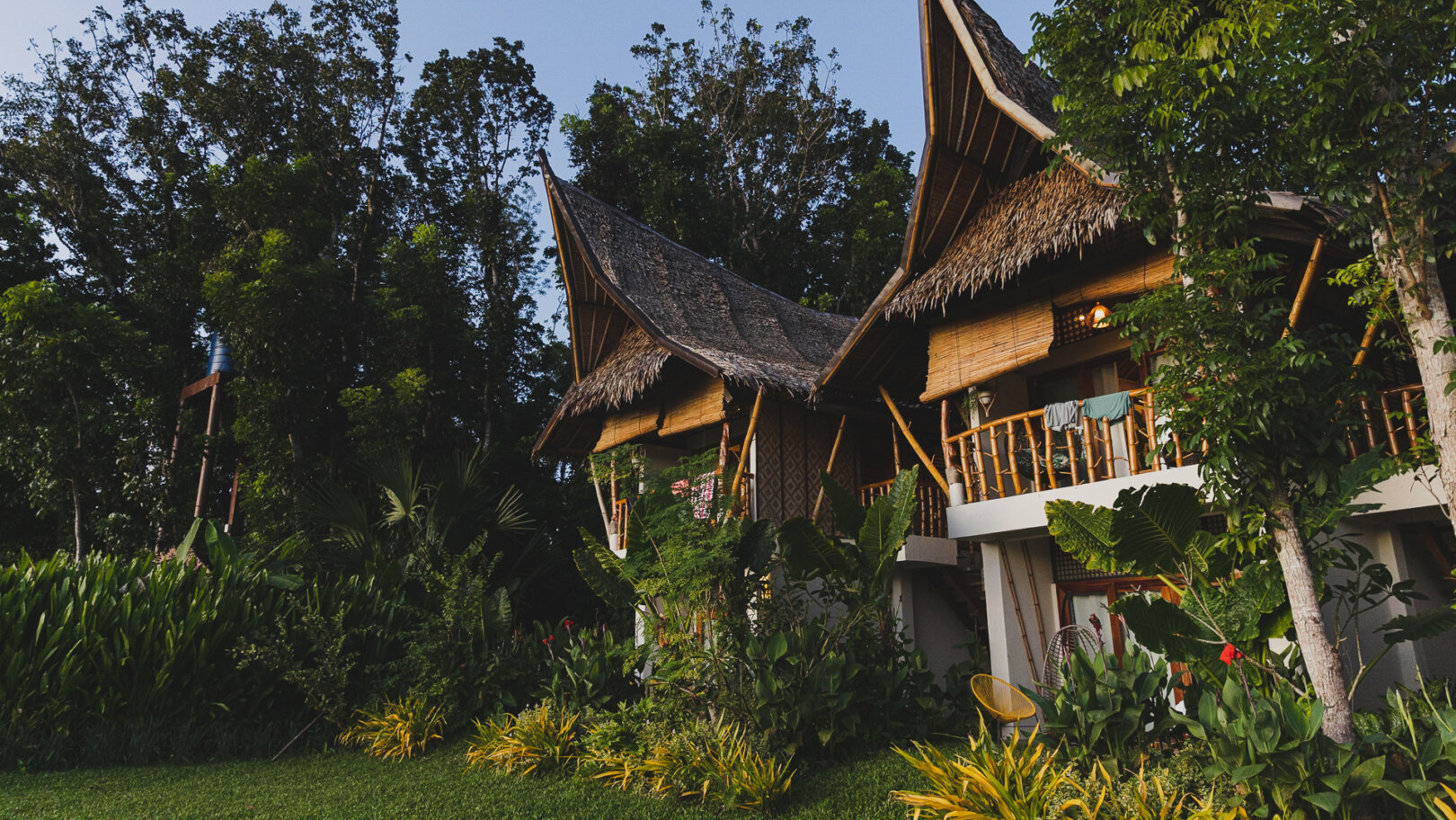
Best places to visit in the Philippines
With so many islands, large swathes of the Philippines is home to spectacular coastline and private islets. On Flash Pack’s 12-day Escapism in the Philippines trip, you’ll take in the sights and sounds of the vibrant capital, before changing tact and heading for some of the most exquisite beaches and clear waters for some rest and relaxation.
First stop is the turquoise ocean and virgin rainforest of El Nido, followed by a private boat trip to Ginto Island where you’ll snorkel, kayak and sleep at sea for two nights. You’ll also explore El Nido’s lagoons and hike Taraw Peak for views across Bacuit Bay. Dips in jungle pools in Bohol, stand-up paddleboarding yoga on the Loboc River and quad biking through the Chocolate Hills are all part of the adventure, too.
Where to stay as a solo traveller in the Philippines
What are the hotels like for solo travel in the Philippines? Stays here are all about immersion in your surroundings. There’s traditional huts and boutique hotels on the beach that let you take in sunsets from your balcony and eco resorts nestled in the tropical rainforests or perched on riversides. For a real one-off experience, some private islands offer mesh tents on private beaches, perfect for stargazing and feeling the gentle ocean breeze wash over you at night.
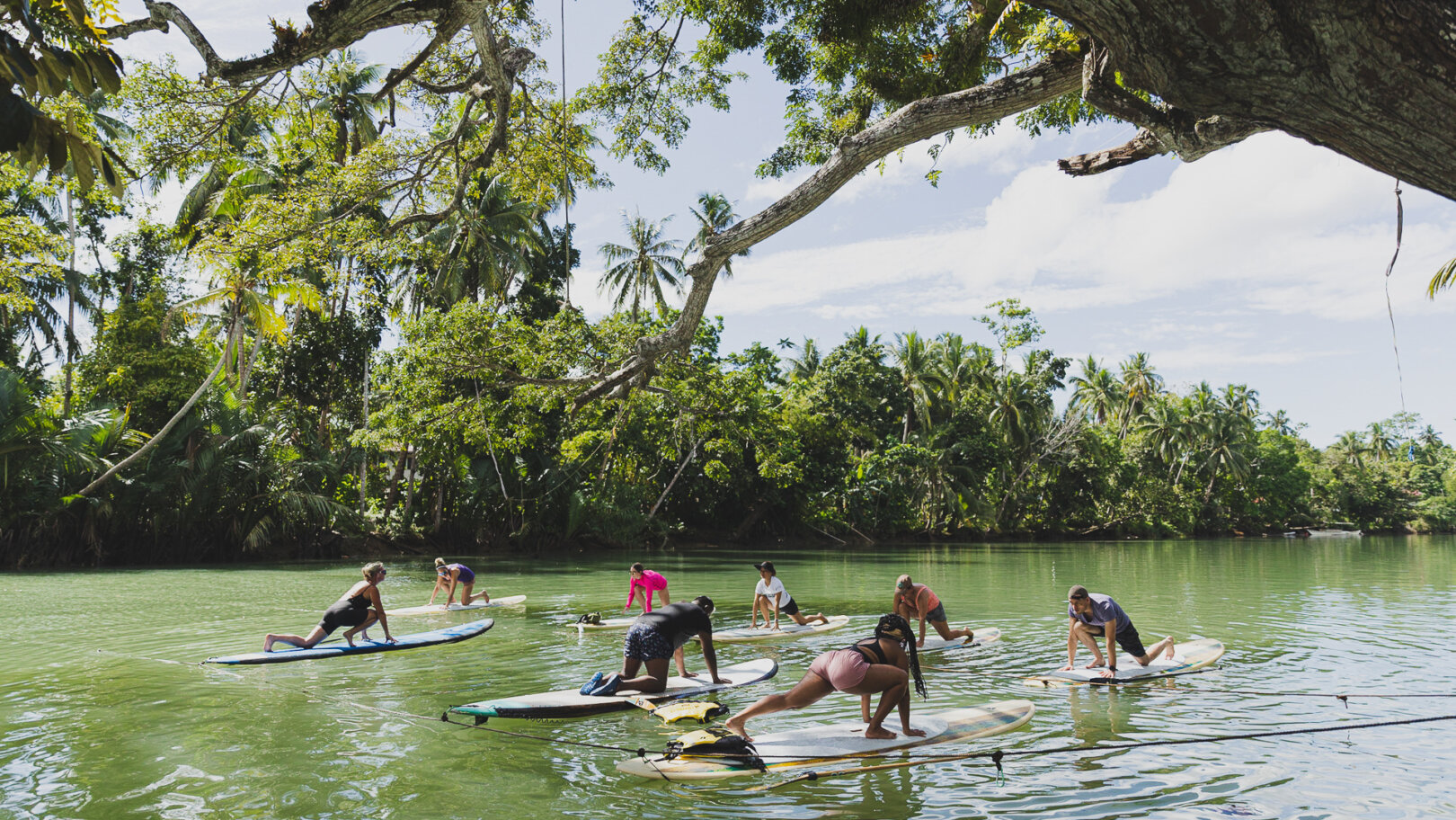
How to get to the Philippines
Flying is your best option for a solo holiday to the Philippines. The main international hub is in Manilla (Ninoy Aquino International Airport), along with the island of Cebu (Mactan-Cebu International Airport). Direct flights operate from the US (to Manilla) and parts of Southeast Asia but for travellers from the UK and Europe, you’ll need to factor in a stopover in the Middle East. Once in the Philippines, a number of airlines offer access to the islands with a large domestic network. And, of course, ferries and local bangka boats (wooden outriggers) are your friend.
How to get around the Philippines
For getting around cities, such as Manila and Cebu, Jeepneys (brightly painted mini buses) are the best – and most fun – way to travel. Somewhat of a local icon, they also connect small barrios to larger towns, with routes painted on an onboard sign or on the side of the bus. They are small and only hold about 20 passengers, so use more as a quick hop around the sights rather than bringing your luggage onboard. Tricycles, a sort of moped with a tuk tuk sidecar, are also popular for darting around on your solo travels in the Philippines.
For island-hopping, domestic flights and ferries reach most of the hot spots. OceanJet and 2Go operate routes between the likes of Manila and Palawan, Bohol, Cebu and Puerto Princesa. Travelling with Flash Pack as part of a group of other solo travellers will take care of the logistics for you, while also covering the cost of getting around while you’re there.
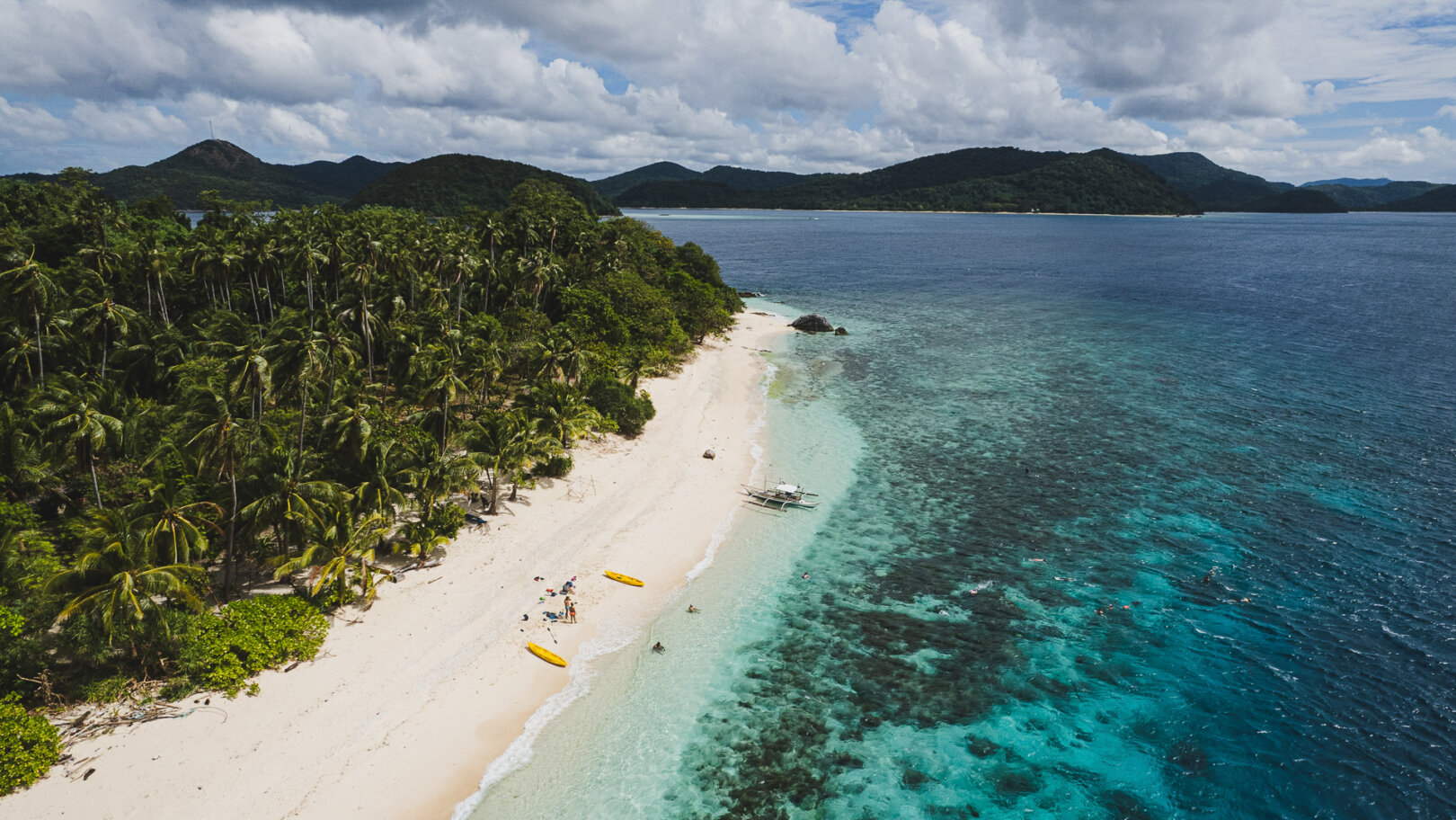
Best time to visit the Philippines
The Philippines have just two seasons: dry from November to April and wet from May to October. December to February is when the weather is at its most comfortable as temperatures are at their coolest in these months (usually between 24°C and 31°C). March to April can get very hot and uncomfortable, making it harder to indulge in the more adventurous activities in searing heat. It is a tropical country though, and as such, has typically high temperatures and high humidity year-round. Typhoons typically happen between June and September, although they can appear from August and as late as January.
Philippines travel itineraries
Flash Pack’s 12-day Escapism in the Philippines adventure provides just that: escapism. As part of the itinerary, you can camp out under the stars on a private island, take to the Chocolate Hills on a quad bike and serenely paddleboard on the Loboc River. Days are spent on private boats hopping between beaches and coral-filled lagoons. You’ll also get to experience the country’s impressive culinary and wellness scene on this group solo holiday to the Philippines, with a ceviche class, hilot (energy manipulation) massage lesson and immersive farm visit.
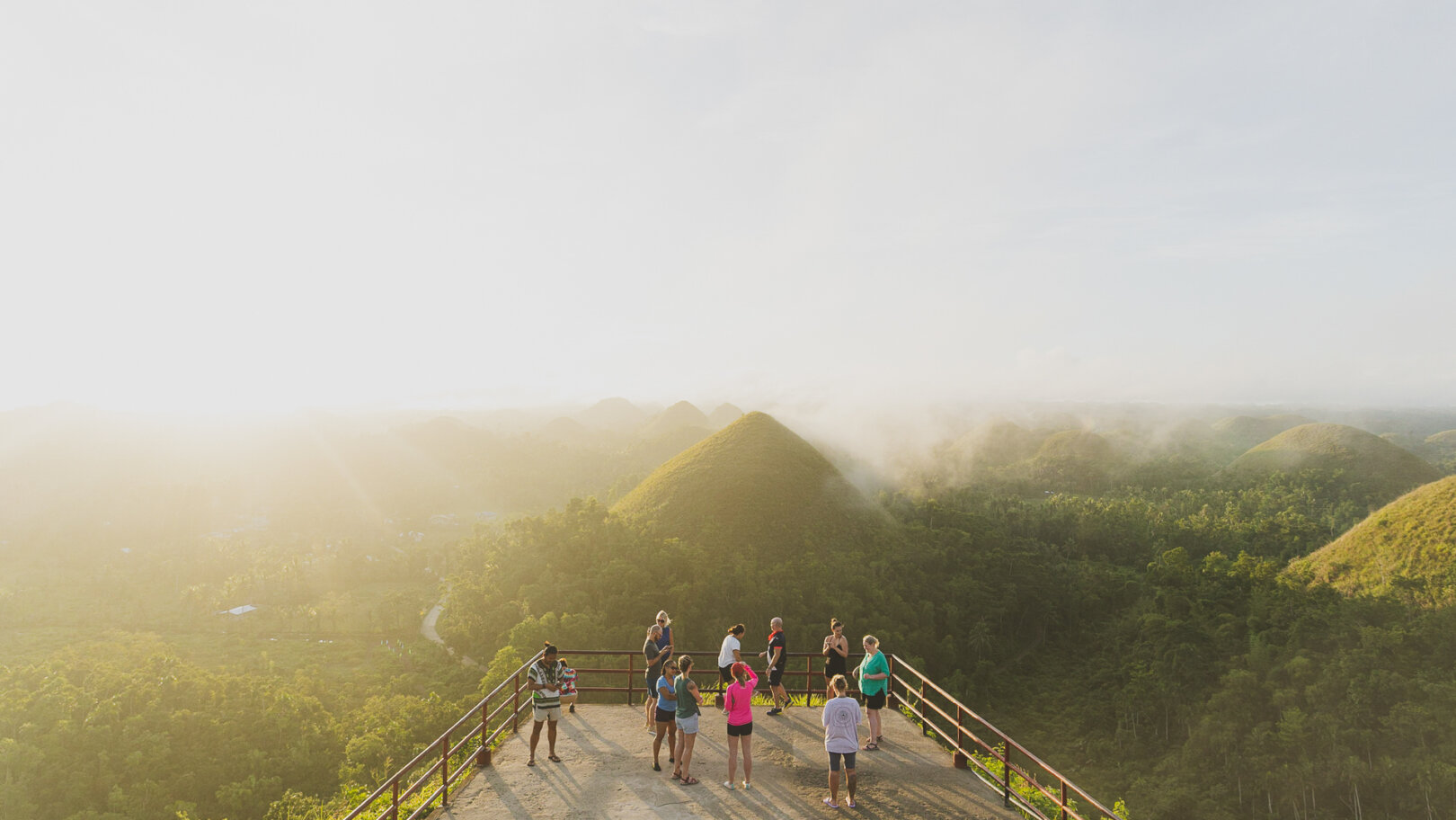
What to pack for solo travel in the Philippines
It’s vital to bring sun protection with you, from suncream to a sunhat. With so many islands and beaches, it’s hard not to embrace the slower pace of life, relaxing in the water or basking on the beach, so make sure you pack swimwear and cover-ups for when the sun is at its hottest. Mosquito spray is an essential, too. For active inland adventures, pack moisture-wicking tops and trousers. Water from the taps isn’t safe to drink, so a reusable water bottle with a filter is useful.
Solo travel advice for the Philippines
Palawan, Boracay or Siargao (a great option for surfing) are the most popular islands in the Philippines for solo travel – if you’re looking to meet others, they are a great shout. Travelling during peak season will also offer greater chances of striking up conversation on the beaches or in the small cafes. If you’re unsure about travelling to the Philippines solo, consider joining a group adventure with Flash Pack. You’ll have the security and knowledge of a Pack Leader, along with the camaraderie of other like-minded travellers.
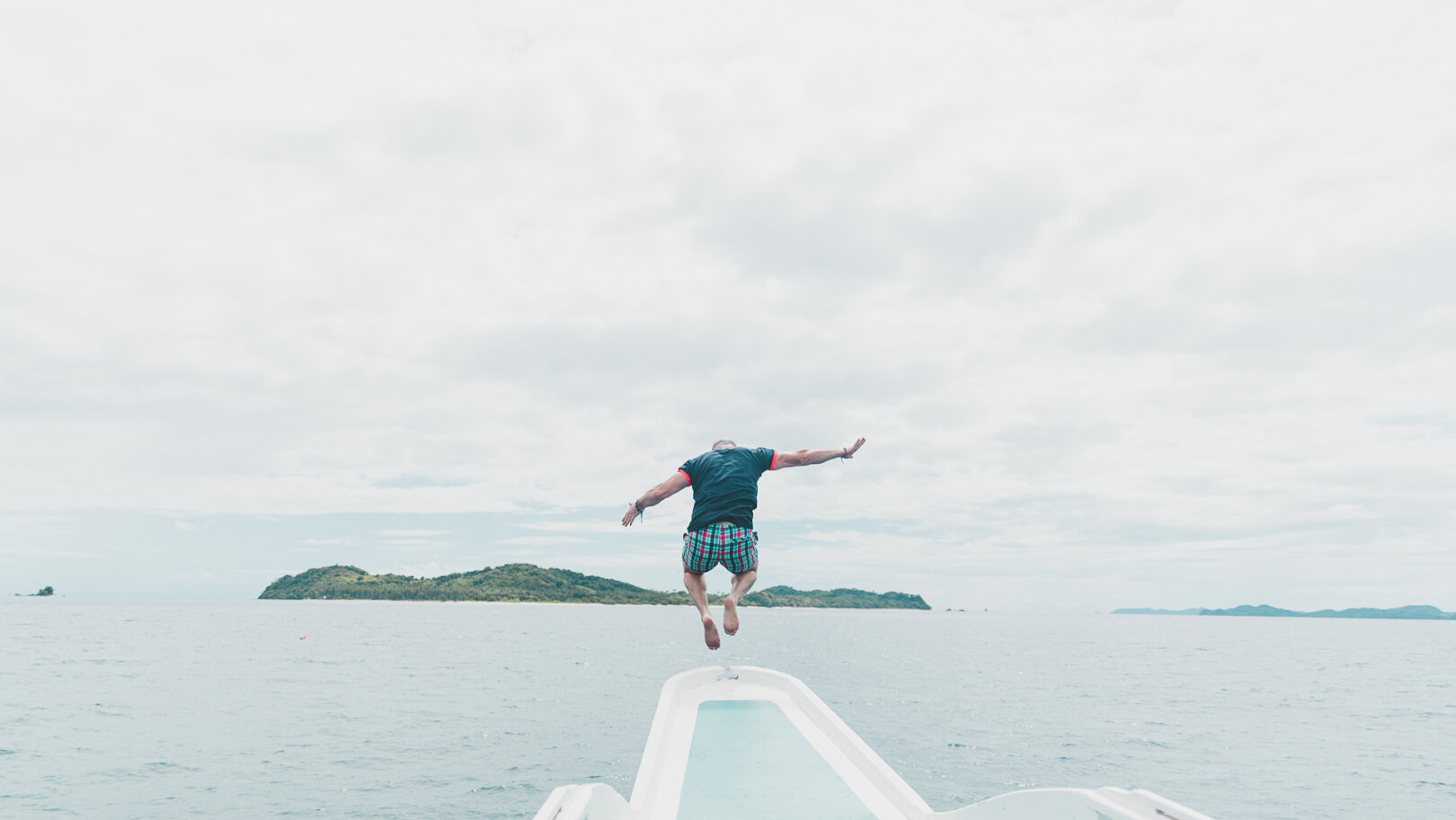
Is it safe to travel solo in the Philippines
Many visitors experience solo travel to the Philippines every year and most trips are trouble-free. However, do check out the Foreign and Commonwealth Office (UK), the Department of State Travel Advisories (US) or your country’s local government guidelines for the latest advice before travelling.
Once there, follow local advice and be aware of your surroundings at all times. Stick to places that are more set up for tourism, like Manila and the Chocolate Hills. A group solo adventure will add an additional layer of safety to any trip, meaning you can travel around the Philippines awe-inspiring islands without having to worry about anything other than taking it all in.
Ready for your next adventure? Try group solo travel to the Philippines with Flash Pack – designed exclusively for people in their 30s and 40s, seeking the independence of solo travel within the safety of a group.
A cool 98% of Flashpackers arrive solo to join our group adventures. So, you’ll be in good company – whether a first time solo traveller or a seasoned pro looking for like-minded new friends.
Images: Flash Pack





